Design Trends: Exploring Current Trends in Driveway and Patio Paver Designs
Design Trends: Exploring Current Trends in Driveway and Patio Paver Designs
In the world of exterior design, driveways and patios are no longer just functional spaces—they are becoming statements of style and personality. As homeowners seek to enhance their outdoor living areas, the demand for innovative and aesthetically pleasing paver designs has surged. At JIP Construction, we stay ahead of the curve by integrating the latest trends into our projects, ensuring your home’s exterior is both beautiful and functional. Let’s dive into the current trends in driveway and patio paver designs, exploring the patterns, colors, and shapes that are transforming these spaces.
1. Intricate Patterns
Gone are the days of plain, monotonous paver layouts. Today’s homeowners are embracing intricate patterns that add visual interest and sophistication to their driveways and patios. Some of the most popular patterns include:
- Herringbone: This timeless pattern offers a dynamic look that’s both classic and contemporary. Its interlocking design is not only visually appealing but also provides excellent durability for high-traffic areas.
- Basket Weave: Perfect for those seeking a rustic charm, the basket weave pattern creates a woven effect that adds texture and depth to your outdoor spaces.
- Circular Designs: Ideal for patios, circular patterns draw the eye and create a focal point, making your outdoor space feel more inviting and cohesive.
2. Bold Colors
Color is a powerful tool in design, and the latest trends in paver colors are all about making a bold statement. While neutral tones remain popular, more homeowners are opting for vibrant hues to create a unique look:
- Earthy Tones: Colors like terracotta, sand, and ochre blend seamlessly with natural surroundings, providing a warm and inviting feel.
- Blues and Greys: These cooler tones are perfect for modern homes, adding a sleek, sophisticated edge to driveways and patios.
- Contrasting Borders: Using contrasting colors for borders or inlays can highlight specific areas and add a touch of elegance to your design.
3. Unique Shapes
Innovative shapes are taking center stage in paver design, moving beyond the traditional square and rectangle. Unique shapes can transform the look of your outdoor space, making it more dynamic and engaging:
- Hexagons: This geometric shape is gaining popularity for its modern aesthetic and the interesting patterns it can create when combined.
- Fan Shapes: Ideal for creating a sense of movement, fan-shaped pavers add a fluid, organic feel to patios and driveways.
- Random Cut: Mixing various shapes and sizes can give your outdoor space a more natural, less structured appearance, perfect for a relaxed, laid-back vibe.
4. Sustainable Materials
As sustainability becomes a priority for many homeowners, eco-friendly paver options are trending. These materials not only reduce environmental impact but also offer durability and aesthetic appeal:
- Permeable Pavers: Designed to allow water to pass through, these pavers reduce runoff and promote groundwater recharge, making them an excellent choice for environmentally conscious homeowners.
- Recycled Materials: Pavers made from recycled concrete or rubber provide a sustainable option without compromising on style or durability.
5. Textured Finishes
Texture adds another dimension to paver designs, creating a tactile experience that enhances the overall look and feel of your outdoor space:
- Tumbled Pavers: These pavers have a weathered, aged look that adds character and charm.
- Smooth Finishes: For a more contemporary look, smooth pavers offer a sleek, polished finish that’s perfect for modern homes.
- Exposed Aggregate: This finish reveals the natural beauty of stones within the paver, adding texture and visual interest.
At JIP Construction, we pride ourselves on staying abreast of the latest trends in driveway and patio paver designs. Our team of experts is dedicated to helping you create an outdoor space that reflects your personal style while enhancing the functionality and beauty of your home. Whether you’re looking to update your driveway with a bold new pattern or transform your patio with unique shapes and textures, we have the expertise to bring your vision to life.
Contact us today to learn more about our paver design services and start your journey toward a stunning outdoor transformation.

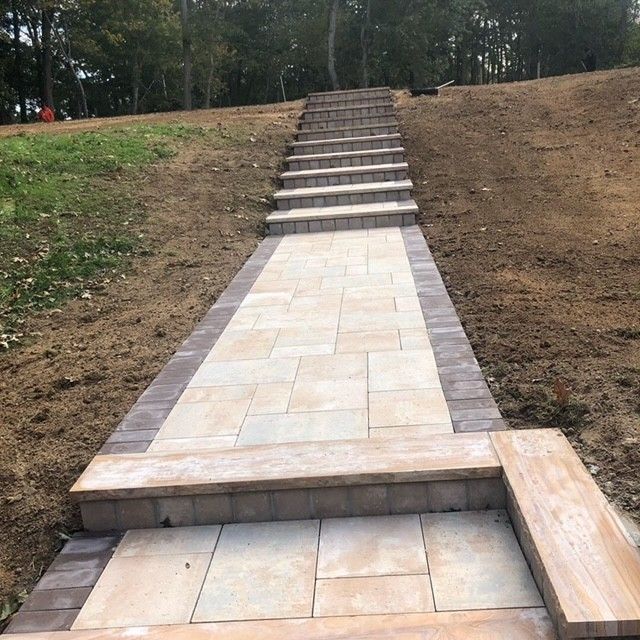


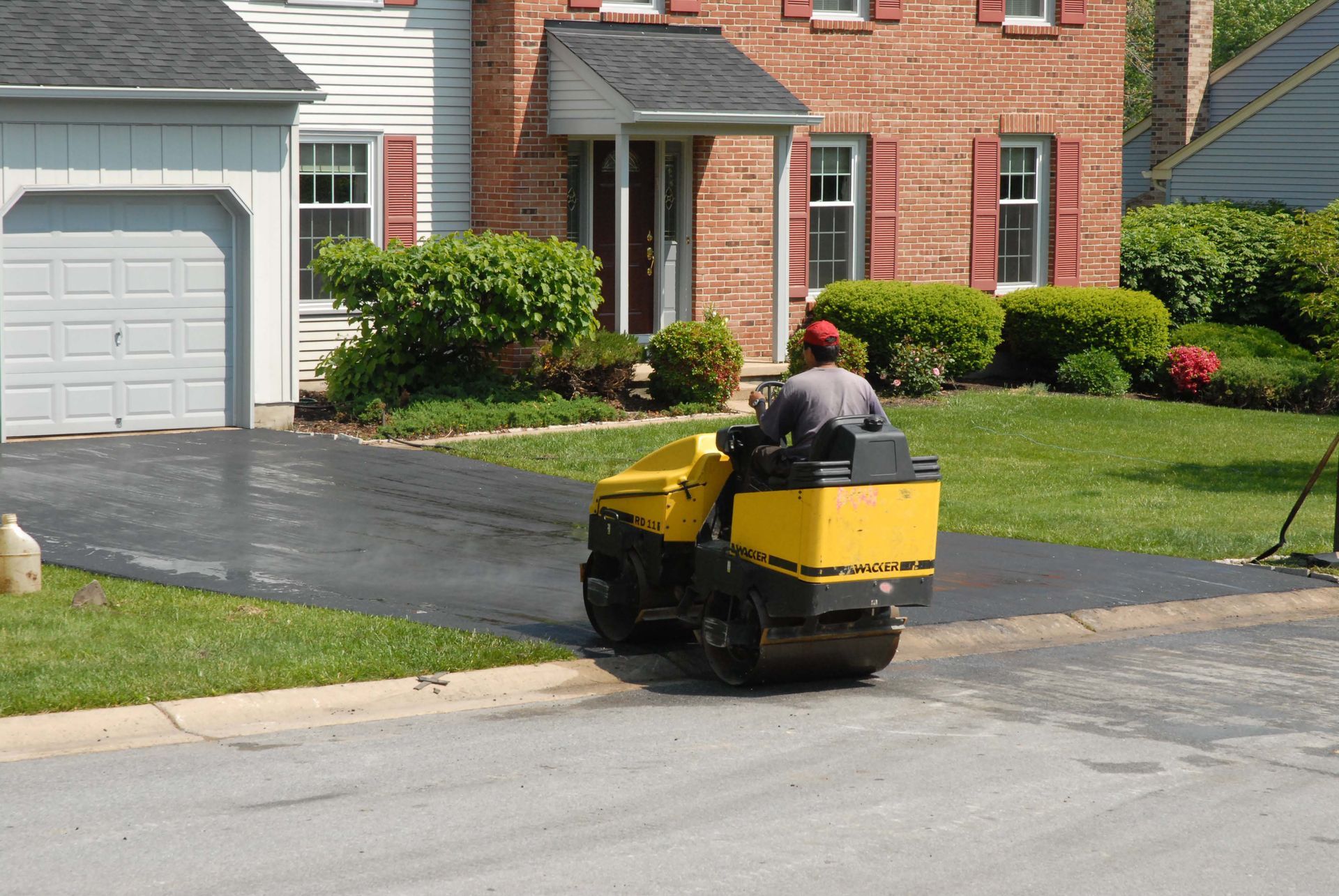
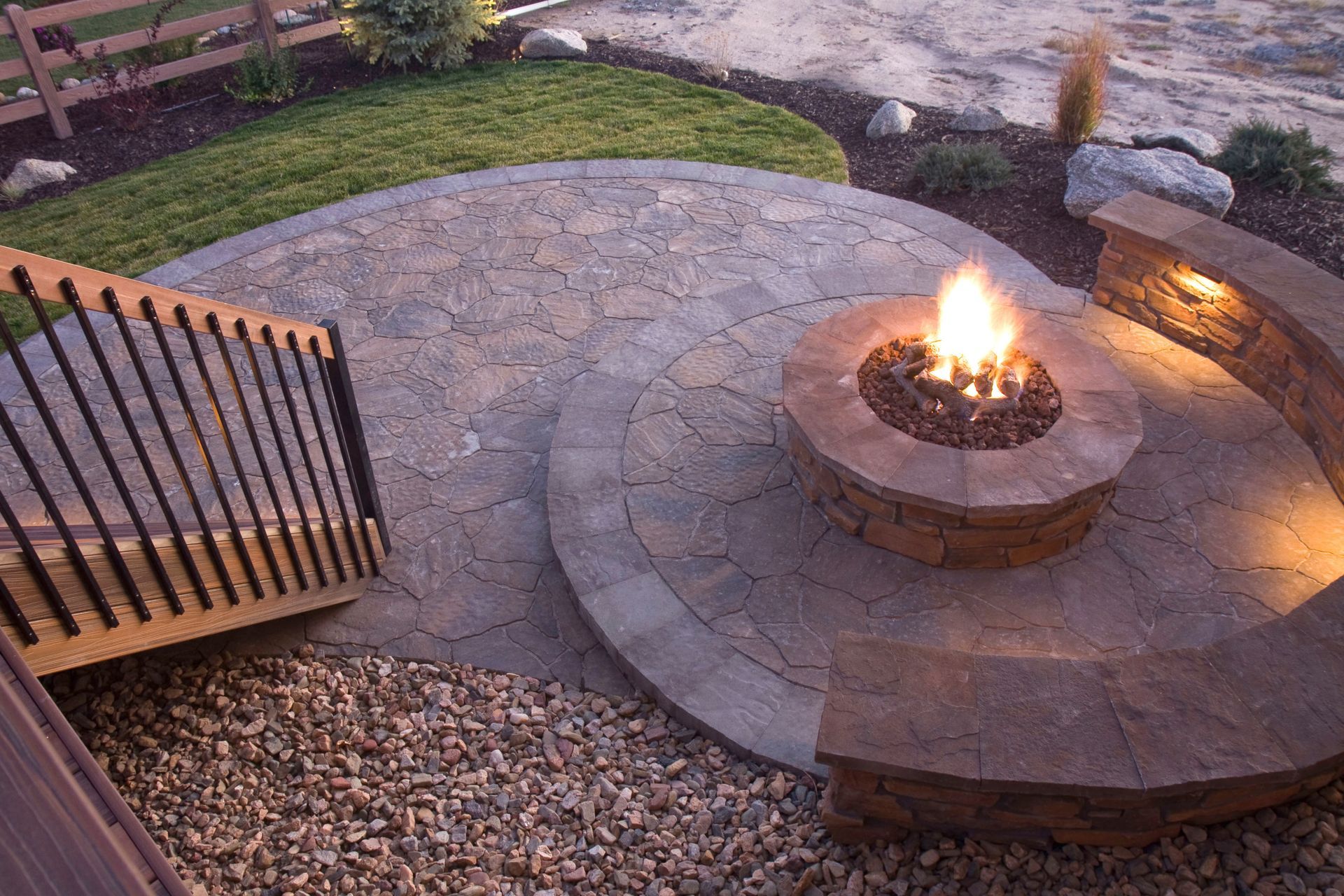
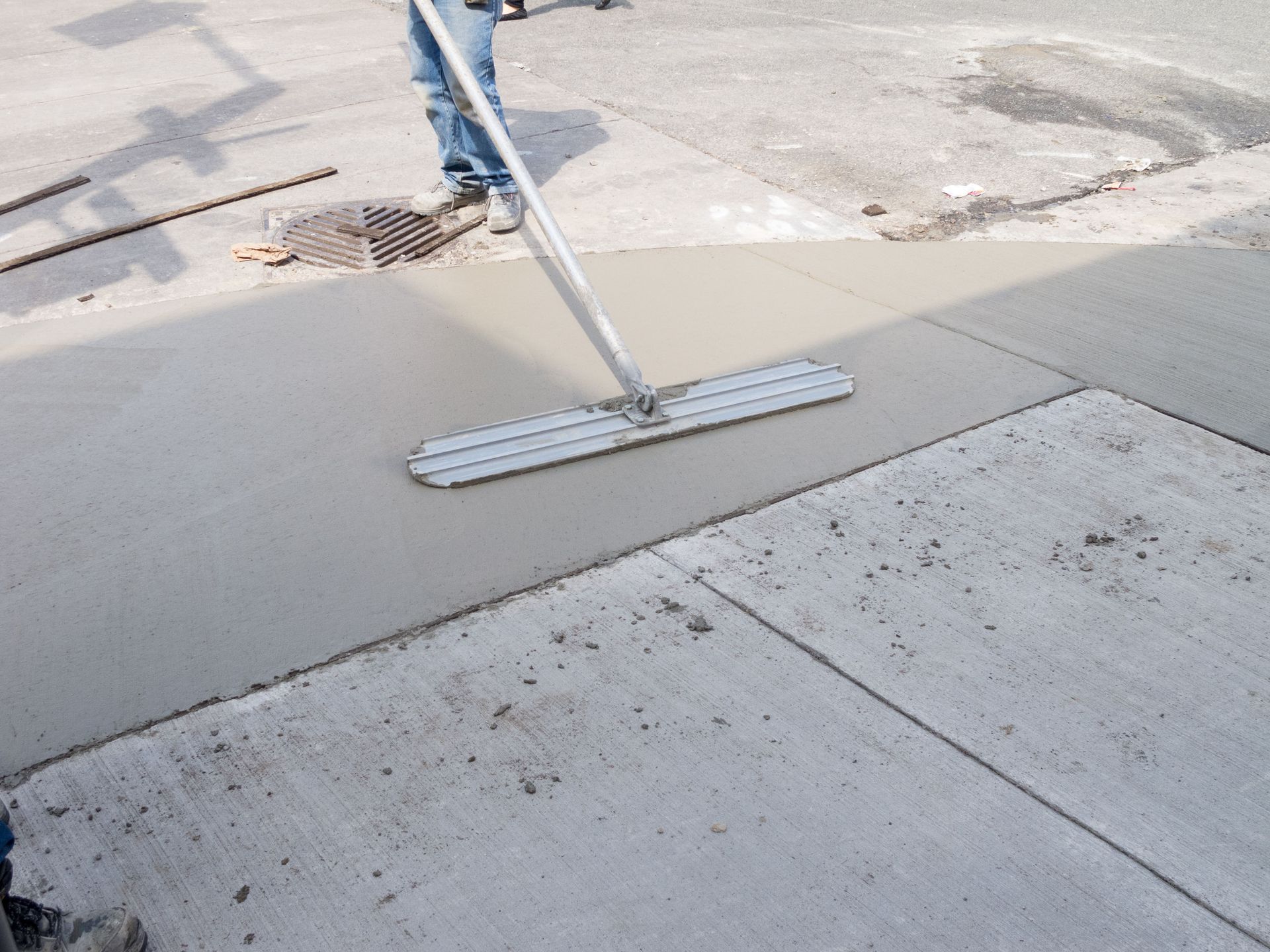
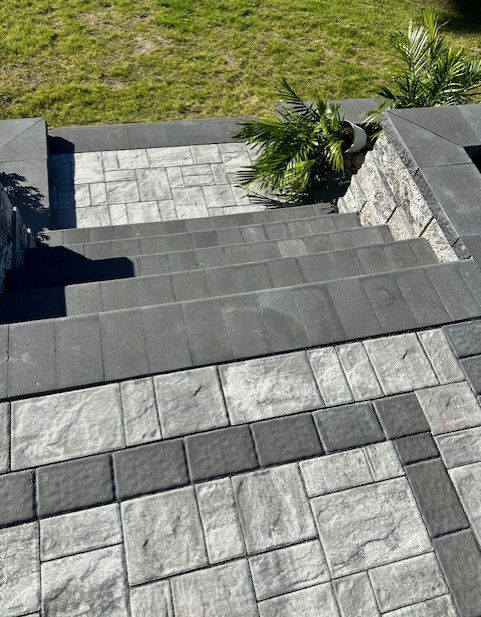
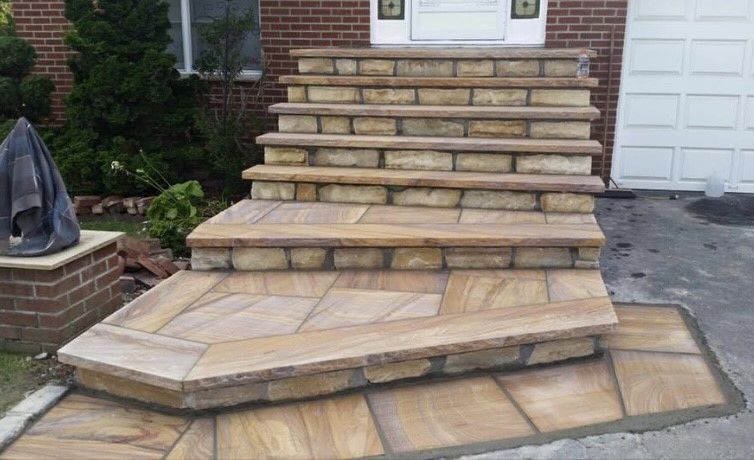
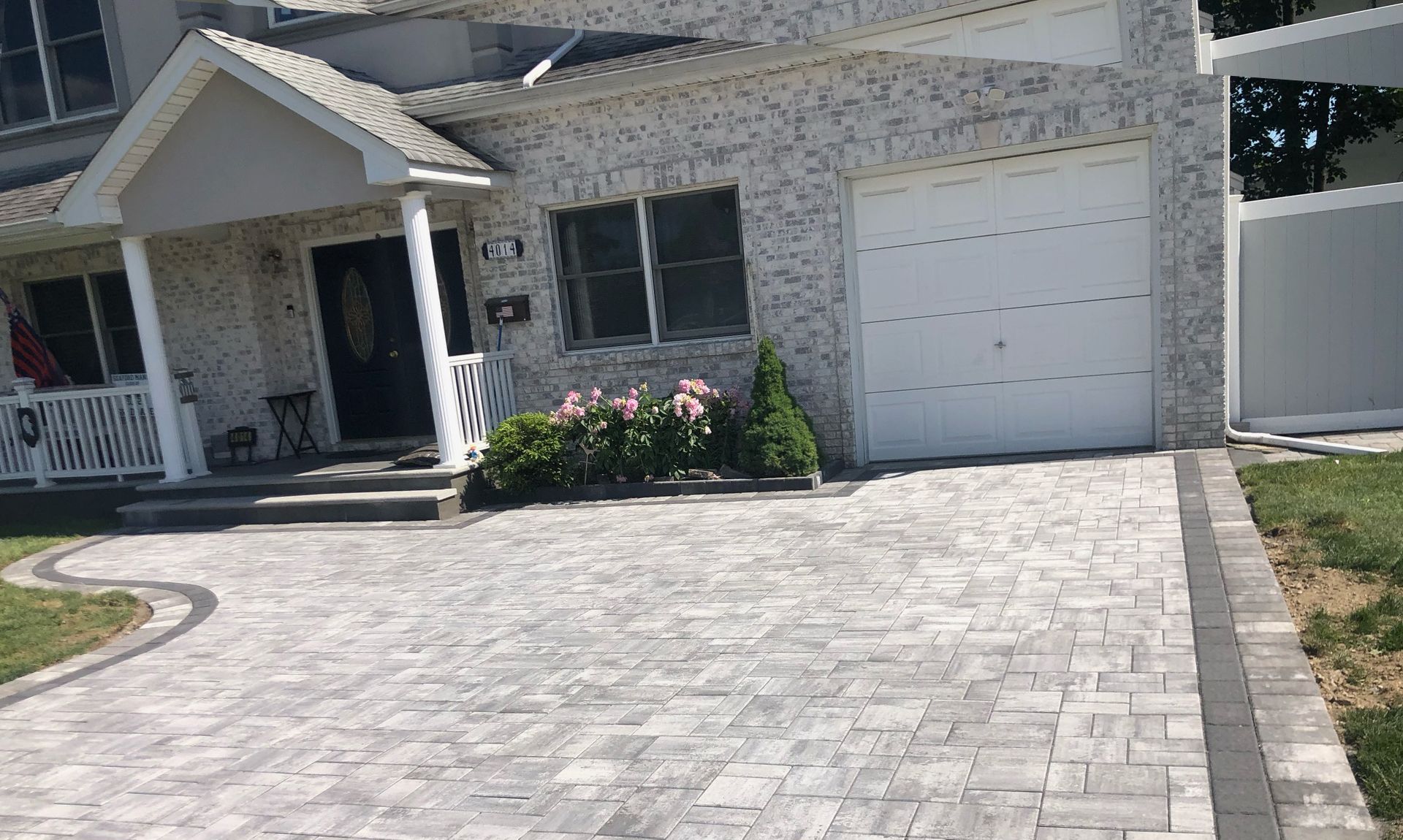
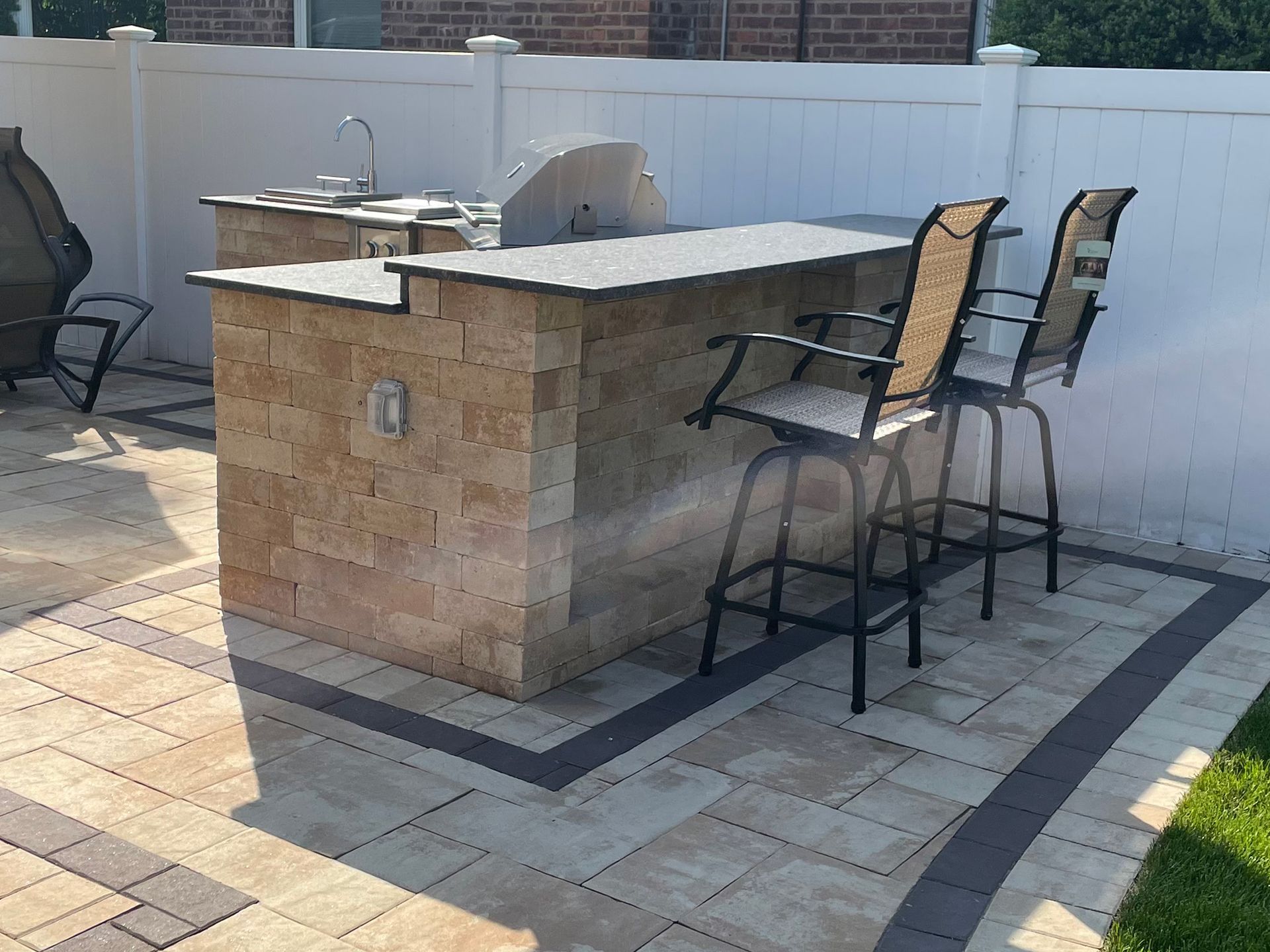

Share On: